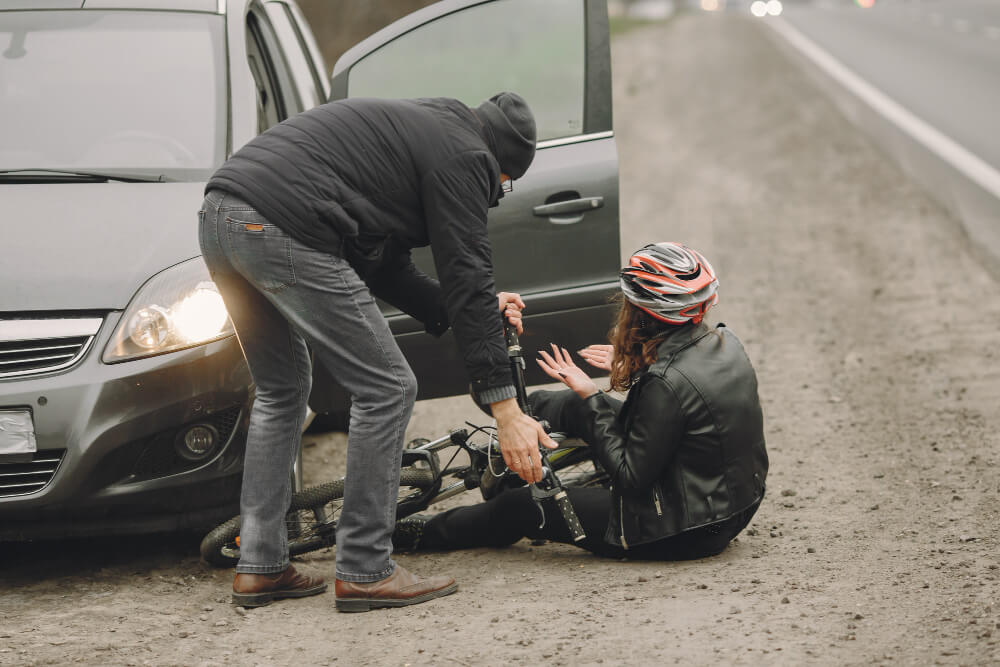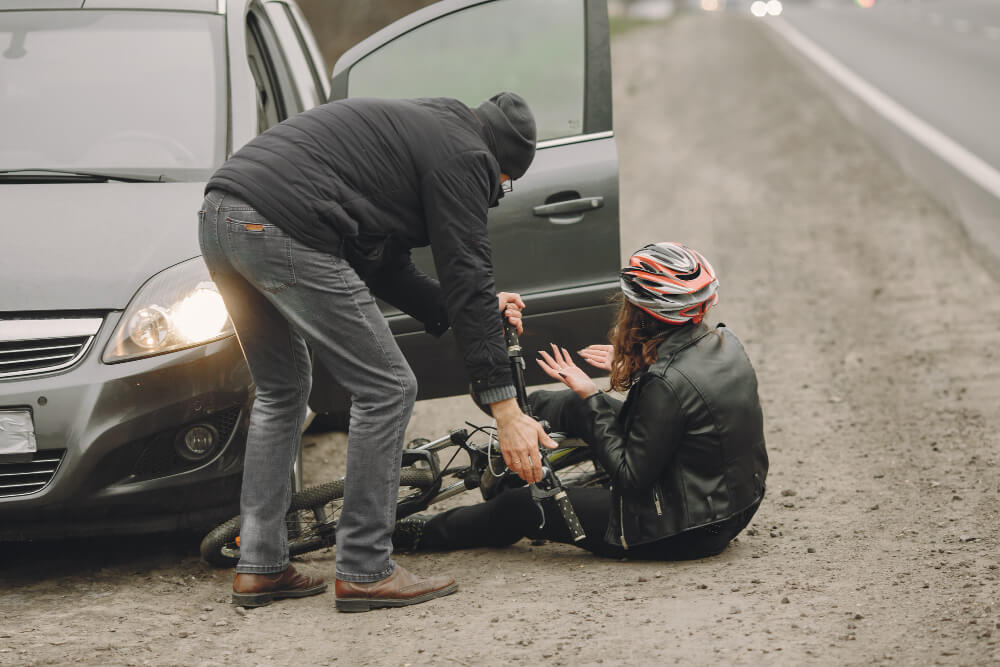Car Accident Sprain? Pain Relief & Recovery Tips. Don’t Wait – Get Help!
The aftermath of a car accident can be a whirlwind of emotions, adrenaline, and checking for immediate injuries. But sometimes, the force of a collision can cause less visible injuries like sprains. While a sprained ankle or wrist might seem like a minor inconvenience compared to more serious car accident injuries, it’s crucial to address them properly to prevent pain, complications, and a prolonged recovery.
This article dives into the world of car accident sprains. We’ll explore how to recognize a sprain after a crash, effective at-home care techniques to manage pain and promote healing, and when seeking medical attention becomes essential.

Don’t Let a Sprain Sideline You: Understanding Car Accident Sprains
A sprain occurs when ligaments, the tough bands of tissue connecting bones at a joint, become stretched or torn. Car accidents can cause sprains in various joints, including the ankles, knees, wrists, and even the neck. The severity of the sprain can range from a mild stretch with minimal discomfort to a complete tear requiring medical intervention. Here’s why car accident sprains deserve attention:
- Pain and Discomfort: Sprains can cause significant pain, swelling, and bruising around the affected joint, impacting mobility and daily activities.
- Delayed Diagnosis: The adrenaline surge after an accident can mask sprain symptoms, leading to delayed diagnosis and potentially inadequate treatment.
- Complications: Ignoring a sprain can increase the risk of long-term issues like joint instability, chronic pain, or even arthritis.
- Documentation: For legal and insurance purposes, documenting any injuries sustained in a car accident is crucial. This includes getting medical evaluation for sprains, especially if they cause significant pain or limit mobility.
Recognizing a Sprain After a Crash: Common Symptoms and Signs
Being aware of the signs and symptoms of a sprain can help you identify potential car accident injuries:
- Pain: Sprains are usually accompanied by pain, ranging from a dull ache to a sharp, throbbing sensation, especially when moving the affected joint.
- Swelling: Inflammation and swelling around the sprained joint are common symptoms.
- Bruising: The area surrounding the sprain might show discoloration due to broken blood vessels.
- Limited Mobility: Sprains often restrict the joint’s range of motion, making it difficult to bend, flex, or bear weight on the affected area.
- Instability: In severe cases, a sprain might cause a feeling of looseness or instability in the joint.
If you experience any of these symptoms after a car accident, it’s crucial to address them promptly. Here’s how you can manage pain and promote healing at home:
Managing Pain and Promoting Healing: At-Home Care Tips

The RICE protocol is a cornerstone of initial care for sprains:
- Rest: Avoid putting weight or strain on the injured joint. Use crutches or a sling if necessary.
- Ice: Apply ice packs wrapped in a towel to the affected area for 15-20 minutes at a time, several times a day, to reduce swelling and inflammation.
- Compression: Wrap the sprained joint with an elastic bandage to provide support and minimize swelling. Avoid wrapping too tightly to prevent circulation problems.
- Elevation: Elevate the injured joint above the level of your heart whenever possible to promote drainage of fluids and reduce swelling.
Additional Tips:
- Over-the-counter pain medication: Consider using pain relievers like ibuprofen or acetaminophen to manage discomfort.
- Gentle movement: Once the initial pain and swelling subside, gentle range-of-motion exercises can help prevent stiffness and promote healing. Consult a doctor or physical therapist for guidance on appropriate exercises.
Remember: These tips are for general information only. Always consult a doctor for personalized advice on managing a car accident sprain, especially if symptoms worsen or don’t improve within a reasonable timeframe.
When to Seek Medical Attention: Don’t Ignore These Warning Signs
While some sprains can heal effectively with proper at-home care, there are situations where seeking immediate medical attention from a doctor or urgent care clinic is crucial:
- Intense pain: Unrelenting pain that doesn’t respond to over-the-counter medication warrants a medical evaluation.
- Joint instability: If the joint feels loose or unstable, making it difficult to walk or maintain proper positioning, seek medical attention to rule out a more severe injury.
- Persistent swelling: If swelling persists for several days or worsens despite RICE therapy, consult a doctor to ensure there’s no underlying damage.

